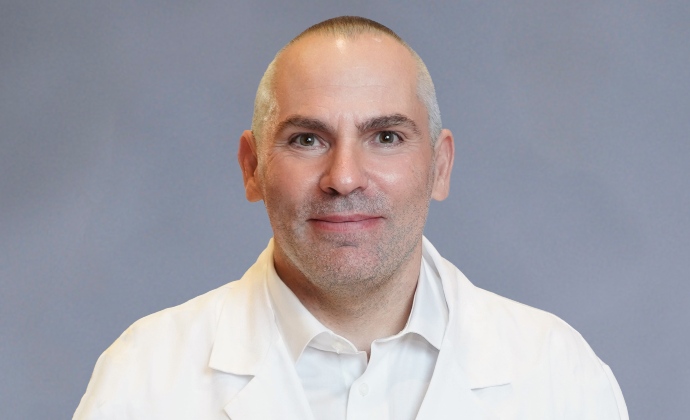
By Joseph Shega, MD, Chief Medical Officer, VITAS Healthcare
Sepsis affects 50 million people worldwide per year, resulting in 11 million deaths1. Thanks to ongoing research, updated statistics, and evolving protocols, clinical treatment of sepsis has evolved in recent years.
These findings are changing how we understand the progression of sepsis, allowing for more accurate assessments of which patients are likely to benefit from aggressive treatment or palliative care, and which may be better served by timely referral to comfort-focused hospice care.
5 Facts to Know About Sepsis
- Sepsis is the most expensive condition in US hospitals, accounting for $62 billion annually. Readmission costs average $25,000 per patient2
- Sepsis is often fatal. 41% of patients admitted to the hospital with sepsis die within 90 days3. Nearly half of those patients met hospice eligibility at the time of admission due to an underlying terminal condition such as advanced lung disease, cancer, dementia, or advanced heart failure. Evaluating contributing factors at the time of admission can help clinicians determine appropriate treatment.
- Patients who survive sepsis are at an increased risk of readmission. Of those who survive, 42% are readmitted within 90 days3. Studies indicate that referral to hospice can reduce hospital readmissions by over 80% and improve quality of life4.
- Nearly one-third of sepsis survivors (30%) suffer from post-sepsis syndrome, including new functional limitations, increased cognitive impairment, difficulty swallowing, increased depression and anxiety, and exacerbation of chronic medical conditions5.
- Adopting a “whole person” approach to evaluating patients can be extremely beneficial in determining appropriate sepsis treatment. Tailoring sepsis protocols to individual disease trajectories can reduce sepsis-related readmissions by up to 90% if end-of-life patients are identified and referred to hospice care earlier4.
Treatment Protocols for At Risk Patients
With this information in mind, clinicians should consider the three-tier classification for sepsis patients, defined as “healthy,” “multimorbidity,” or “hospice-eligible,” and tailor care protocols appropriately.
Healthy patients are most likely to respond to aggressive interventions. Multimorbidity patients should be offered optimum symptom management with palliative care that supports both their disease trajectory and quality of life.
For hospice-eligible patients, clinicians should explain the prognosis and emphasize the benefits of timely hospice referral for both the patient and their family. Facilitating goals-of-care conversations can reduce family depression, anxiety, and post-traumatic stress disorder, independent of a patient’s death.
This was originally published in August 2019 and updated in July 2025.
1 World Health Organization. (2021). WHO calls for global action on sepsis: cause of 1 in 5 deaths worldwide. Retrieved from: https://www.who.int/news/item/08-09-2020-who-calls-for-global-action-on-sepsis---cause-of-1-in-5-deaths-worldwide
2 Buchman, T., et al. (2020). Sepsis Among Medicare Beneficiaries: 3. The Methods, Models, and Forecasts of Sepsis, 2012-2018. Critical Care Medicine; 48:302-318.
3 ©2019 VITAS® Healthcare Corporation Adapted from Prescott, H. & Angus, D. (2018). Enhancing Recovery from Sepsis: A Review. JAMA, 319(1), 62-75.
4 Holden, T, et al. (2015). Hospice enrollment, local hospice utilization patterns, and rehospitalization in Medicare patients. Journal of Palliative Medicine, 18(7), 601–612.5 Thompson, K., et al. (2018). Health-related outcomes of critically ill patients with and without sepsis. Intensive Care Med, 44(8):1249-1257.

